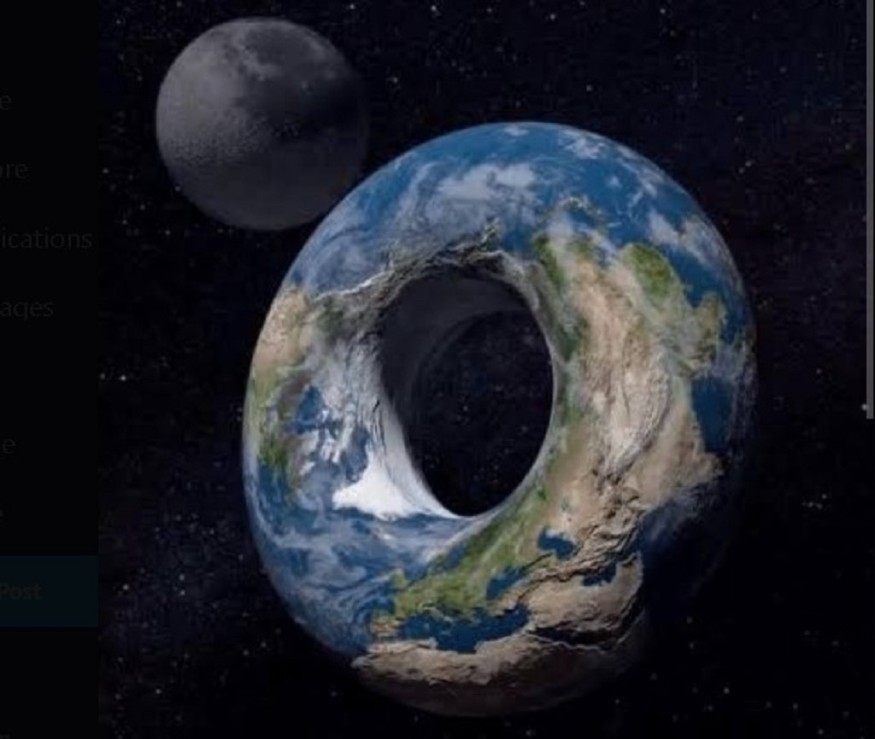
A groundbreaking discovery has revealed a mysterious "donut-shaped" region deep within the Earth's core, potentially unlocking new insights into the planet's seismic activity and magnetic field.
Scientists from the Australian National University made this discovery after analyzing seismic waves that passed through Earth's core. The waves moved two percent slower in this newly identified region, which lies in the outer core just above the boundary with the mantle.
This region, shaped like a donut and located parallel to the equator, could be crucial for understanding the planet's magnetic field. The scientists believe the area is composed of lighter elements, such as silicon and oxygen, according to Greek Reporter.
Professor Hrvoje Tkalčić, the lead author of the study, explained that these elements might play a role in the currents of liquid metal circulating through the core, which generate Earth's magnetic field.
He added, "The magnetic field is a fundamental ingredient that we need for life to be sustained on the surface of our planet."
Seismic Discovery Finds Earth's Donut-Shaped Outer Core Region
The research team's method was innovative, as they tracked seismic waves long after an earthquake occurred. Unlike traditional studies that focus on the immediate aftermath of an earthquake, the team waited several hours before analyzing the waves.
This allowed them to reconstruct the path and behavior of the seismic waves, revealing the existence of this hidden donut-shaped region. The improved approach provided a more comprehensive view of Earth's outer core, leading to this exciting discovery.
The region's slower seismic waves suggest that it is made of lighter elements, and its location at the top of the liquid outer core might be essential for the planet's internal processes.
These findings could have broader implications for studying not just Earth, but also other planets, as they might help explain the conditions necessary for sustaining life. Without this dynamic motion within the outer core, the Earth's magnetic field might not exist, leaving the planet vulnerable to harmful solar radiation, according to MailOnline.
Dr. Tkalčić concluded, "Our results could promote more research about the magnetic field on both Earth and other planets."
© 2025 NatureWorldNews.com All rights reserved. Do not reproduce without permission.





